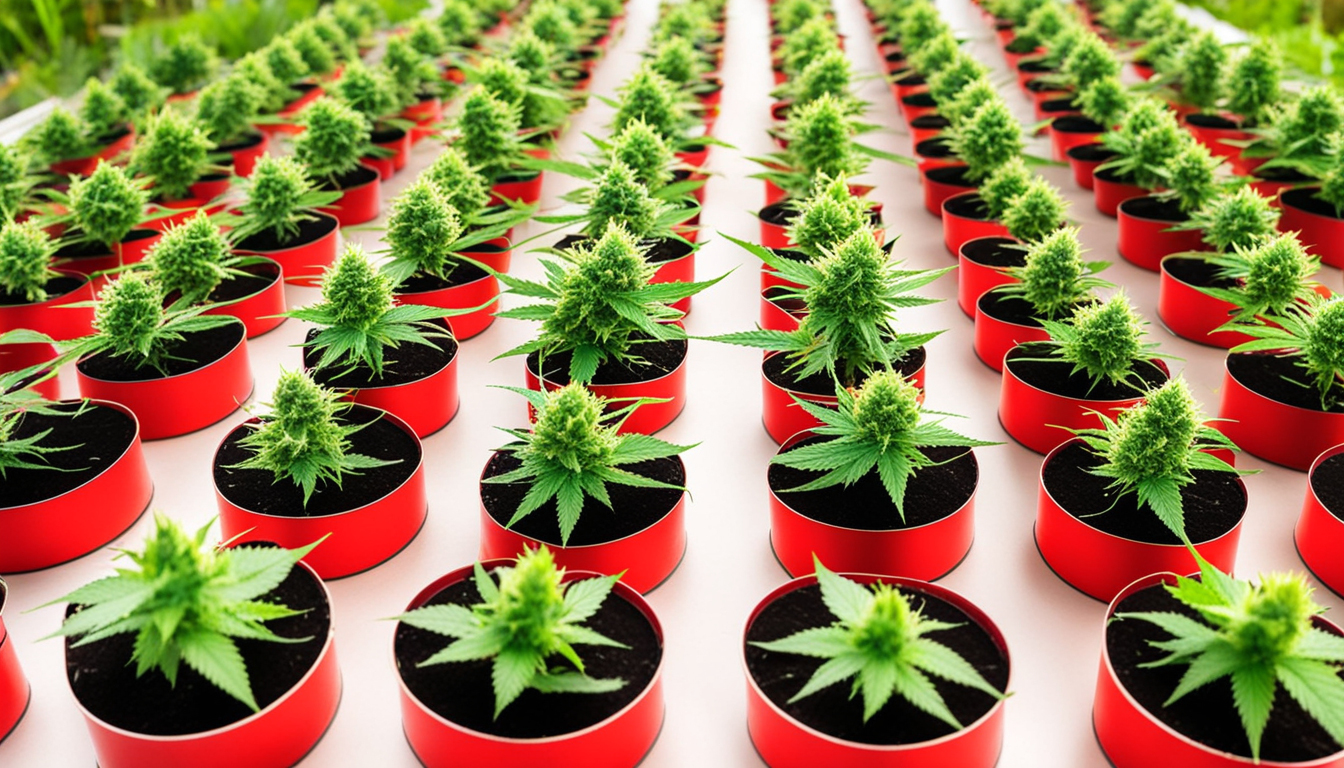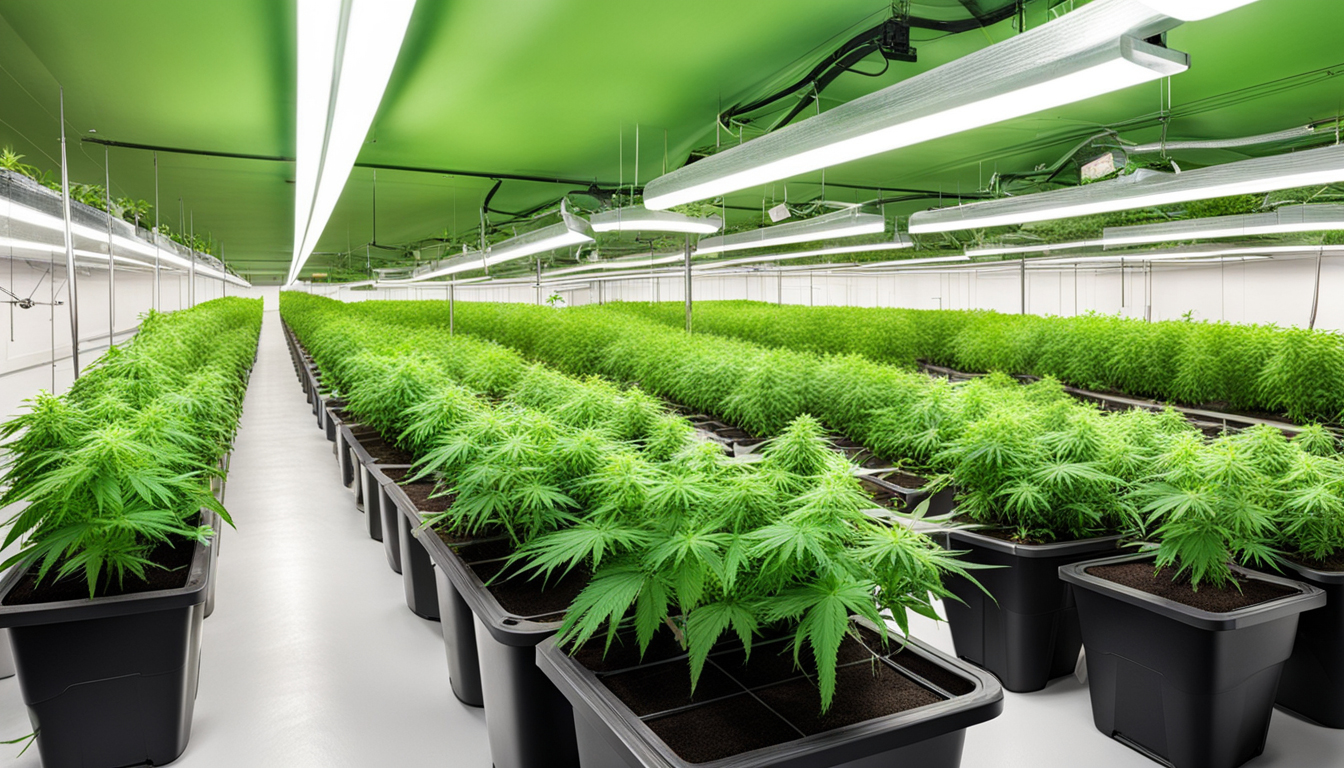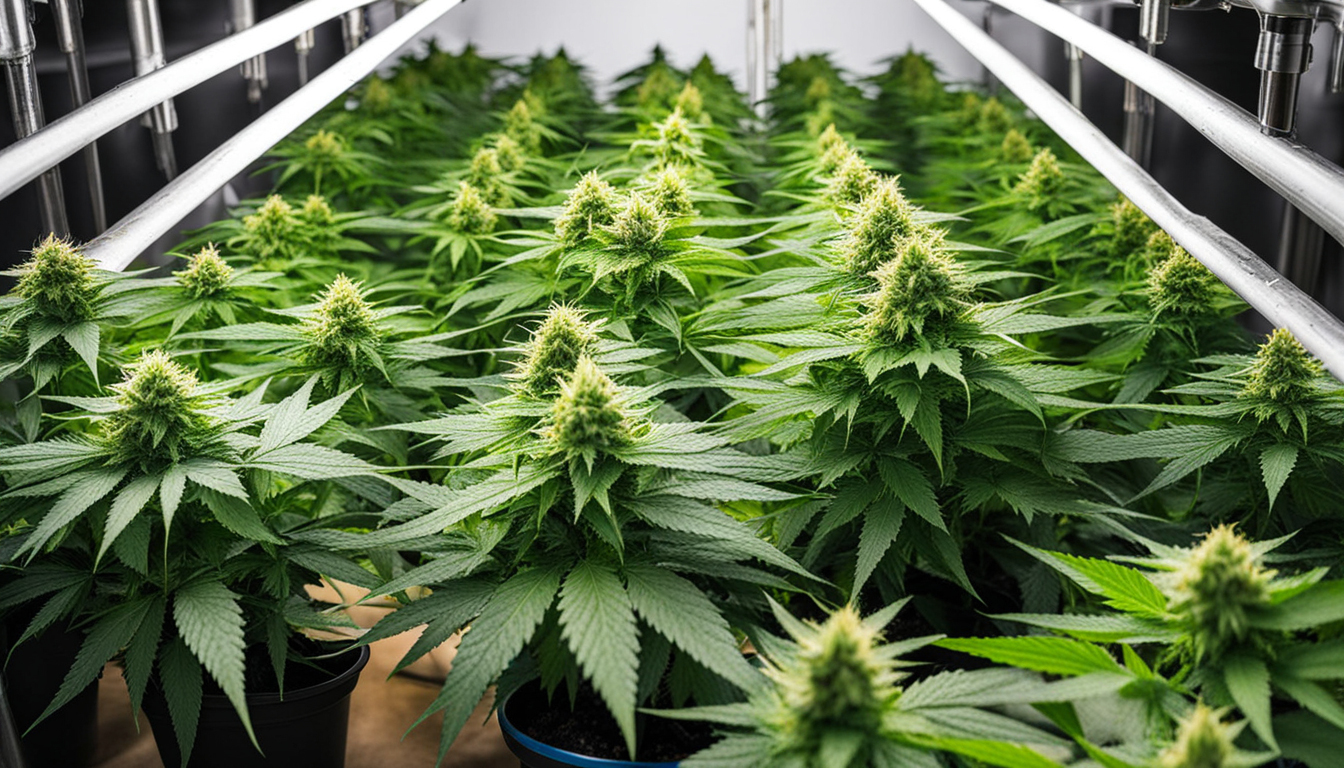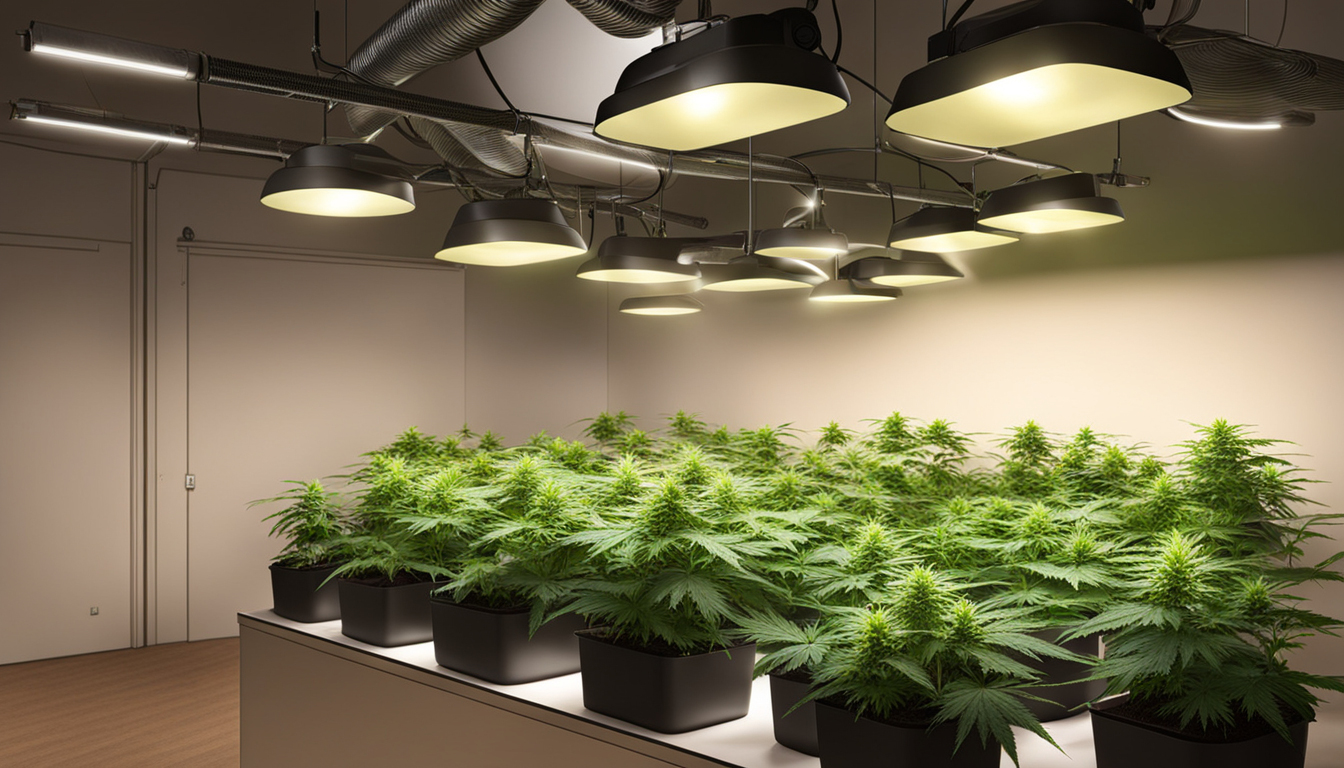
Whether you're new to marijuana production or looking to improve your existing harvest, following this complete guide will help you produce bountiful, high-quality yields right at home. With the right equipment, methods, and attention, cultivating pot indoors can be an extremely rewarding and cost-effective endeavor.
Choosing Cannabis Strains
The first step in planning your indoor crop is choosing the right pot cultivars to cultivate. The three main types of cannabis plants each have their own traits.
Sativas
Known for their invigorating mental effects, these strains grow tall and slender with narrow leaves. They thrive in hotter tropical climates and have a longer blooming time between 2.5-3 months indoors. Top energizing varieties include Sour Diesel, Durban Poison, and Jack Herer.
Indicas
Indicas provide relaxing full-body effects and grow short and bushy with broad leaves. Adapted to cooler mountain climates, they flower faster within 8-9 weeks. Popular indica strains include Northern Lights, Bubba Kush, and Bubba Kush.
Mixed strains
Mixed strains blend traits from both sativas and indicas. They offer combined effects and have moderate flowering periods around 9-10 weeks. Well-known hybrids are OG Kush, Girl Scout Cookies, and Blue Dream.

Setting Up Your Grow Space
Pot plants need the right controlled environment to succeed. Key factors for indoor cultivations are lights, airflow, layout, and finding the ideal discreet location.
Location
Choose an unused space with direct access to irrigation and electrical outlets. An empty spare room, large closet, basement corner, or cultivation tent tucked away in a garage all make great hidden grow room spots.
Lights
Marijuana requires intense light for all growth stages. LEDs are energy-efficient and come in full spectrum options replicating natural outdoor light. Provide 15-25 watts per sq. ft for the growth stage and 20-40 watts per sq. ft. for bloom.
Ventilation
Proper ventilation and exhaust systems keep ideal temperature, moisture, and fresh CO2 levels. Install low-noise 4-6 inch fans or scrubbers to refresh stale air and reduce smells.
Layout
Maximize your space by positioning plants carefully under the lights and allowing room to access and work around them. Set up separate zones for growth, flowering, curing, and cloning.

Cultivation Mediums
Marijuana can be grown in various substrates, each with pros and cons. Pick a appropriate option for your specific setup and growing style.
Soil
The classic substrate, soil is affordable and simple for beginners. It provides great taste but requires more irrigation and nutrients to nourish plants. Enrich soil with perlite or coco to enhance drainage.
Coconut coir
Made from coir, reusable coconut fiber retains water but still lets in air to the roots. It's more sterile and more consistent than soil. Use coir-specific fertilizers to prevent calcium buildup.
Water systems
In water systems, plant roots grow right in fertilizer water solution. This enables quick growth but needs careful observation of water chemistry. DWC and drip systems are common methods.
Sprouting Seeds
Germination prepares your cannabis seeds to start growing taproots. This prepares them for transplanting into their cultivation medium.
Paper Towel Method
Place seeds between wet paper towel and keep them damp. Inspect after 2-7 days for emerging taproots showing sprouting is complete.
Direct Planting
Insert seeds right into wetted growing medium 6mm deep. Gently water and wait 1-2 weeks until sprouts break through the top.
Cubic rockwool
Presoak rockwool cubes in pH-adjusted water. Place seeds 1⁄4 inch deep into the cubes. Keep cubes moist until seedlings appear within a week to 2 weeks.
Transplanting Seedlings
Once sprouted, marijuana young plants need to be repotted to avoid overcrowding. Move them into proper sized pots.
Ready Containers
Load large containers with cultivation medium enriched with slow-release nutrients. Allow pots to soak up water for 8-12 hours before repotting.
Carefully Transplanting
Gently separate seedling roots from sprouting medium using a spade. Put into prepared container at same depth as before and lightly water in.
Vegetative Stage
The growth stage encourages foliage and plant structure through 18-24 hours of daily light intensity. This stage usually lasts 1-2 months.
Using 3/4 to full day of Lighting
Use lamps on a 24 daily cycle or natural sunlight to trigger constant photosynthesis. Light intensity influences size and internodal spacing.
Fertilizing
Use grow stage fertilizers richer in N. Make sure pH remains around 5.8-6.3 for proper nutrient absorption. Feed 1⁄4 to 1⁄2 strength after 2 weeks and increase gradually.
Training Techniques
Topping, low stress training, and scrogging manipulate growth patterns for even canopies. This increases yields.

Flowering Stage
The flowering stage grows buds as plants reveal their Discover More sex under a 12 hour light schedule. It lasts 8-12 weeks depending on variety.
Switching to 12/12
Change grow lights to 12 hours on, 12 hours off or place outside for natural 12/12 timing. This signals plants to begin blooming.
Stop Fertilizing
Flushing flushes out fertilizer residuals to improve taste. Feed lightly the first weeks then just use plain water the last 2 weeks.
Flushing
Maintain 12/12 light timing but flush using neutral pH water only. Return to clean watering if buds aren't mature after two weeks.
Reaping
Recognizing when weed is fully ripe delivers peak cannabinoid content and aroma. Cut down plants at optimal maturity.
Identifying Ripeness
Check fading pistils, swelling calyxes, and 10-15% amber trichomes. Inspect buds across the plant as they don't all mature evenly.
Cutting Plants
Use clean, sharp trimming scissors to carefully cut each plant at the base. Keep several inches of stem attached.
Drying
Suspend whole plants or colas inverted in a dark room with moderate temp and humidity around 45-65% for 7-14 days.
Curing
Aging continues desiccating while aging the buds like fine wine. This technique smooths bitterness and intensifies cannabinoid contents.
Jars and Humidity
Manicure cured buds from stems and store into glass jars, packing about 3⁄4 full. Use a hygrometer to monitor container humidity.
Opening jars daily
Open containers for a few hours each day Contact Us Today to slowly lower moisture. Remoisten buds if RH drops below 55%.
Long term storage
After 2-3 weeks when moisture stabilizes around 55-60%, perform a last trim and keep long-term in airtight jars.
Troubleshooting
Even experienced cultivators run into various marijuana plant problems. Identify problems early and fix them properly to keep a strong garden.
Poor feeding
Yellowing leaves often signify insufficient nitrogen. Anthocyanins and leaves show low Subscribe Now phosphorus. Check pH and boost nutrients slowly.
Pests
Thrips, aphids, fungus gnats, mites, and root aphids are frequent weed pests. Use organic sprays, ladybugs, and yellow traps for organic control.
Mold
Excessive humidity promotes powdery mildew and bud rot. Increase circulation and venting while lowering RH below 50% during bloom.

Conclusion
With this complete indoor marijuana growing guide, you now have the knowledge to grow plentiful strong buds for private harvests. Follow these techniques and methods during the seed starting, vegetative, and flowering stages. Spend in good equipment and carefully monitor your plants. In time, you'll be compensated with sticky fragrant buds you grew yourself under the loving care of your green thumbs. Good luck cultivating!